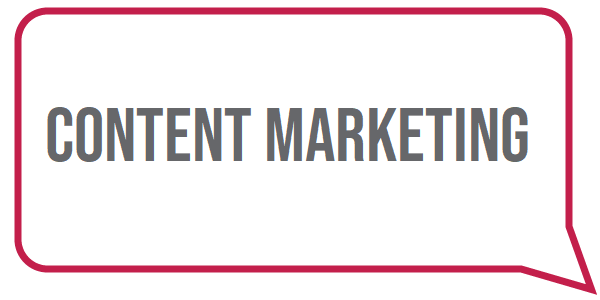
The shift away from in-person sales to digital commerce isn’t new, but the pandemic sped it up and expanded it into areas that had been more traditionally relationship based and in-person, such as professional services. Analysts from Forrester recently projected that 80 percent or more of the sales cycle will happen in digital or remote settings within the next few years. If you’re going to continue to thrive in a remote landscape, your firm needs to be proactive about adjusting to today's buyer's journey. Ask yourselves these questions to get started.
Are we prepared for remote or digital sales?
There may be a big shift coming in the way that your audience wants to interact with you. McKinsey surveyed 3,500 B2B decision makers in February 2021 and found that about two-thirds prefer remote human interactions or digital self-service over interacting with a human sales rep. You don’t want to find yourself on your heels a few years from now, scrambling to update your website and create chatbots to catch up to your clients. Firms need to be thinking right now about how to meet their buyers digitally at every part of the buyer’s journey, from their first engagement with you all the way through to the proposal, pricing and onboarding stages.
What would an online sales process look like for our firm?
Put yourself in the buyer’s shoes. If they’re buying cars online and attending virtual open houses, it’s not a huge leap to think they may want to engage your services through a digital process. Take some time to think about what information a prospect would need to make a decision to engage with you, and when in the process they would want to receive it. You still want to create a positive, straightforward experience for your buyer, no matter what your sales cycle entails. A great example is financial advisor, Brooklyn FI. They provide a pricing tool on their website that creates transparency around their costs, and lets potential clients know what to expect when it comes to a possible engagement. The firm states transparency as one of their core values, and this tool provides value to the prospect while demonstrating a commitment to transparency.
Do we have the right content?
Content is becoming even more important as sales happen digitally. If prospects are going to take a self-service approach, you want to make sure that whatever you would have provided during the person-to-person sales process is translated for a digital buyer. Break down the buyer’s journey into phases such as initial research, self-education, evaluation and narrowing it down. Make sure you have articles, videos and other assets to give them the right information at the right time. If you know your prospects are typically deciding between you and a couple of other firms, maybe you want to create a chart that shows how your firm stands apart from the others. Or perhaps you know that your prospects need a lot of time between their first site visit and making a decision. Do you have a compelling drip email campaign that will answer the questions they didn’t know they had?
Are we capitalizing on our social media?
Engagement has notably increased throughout 2020. Last year LinkedIn reported that 50 percent more content was being shared on its platform over the previous year. Two-thirds of content marketers said it was the social media platform that gave them the best overall results. Now is definitely not the time to drop the social media ball. Stay active on LinkedIn and use it strategically. Share valuable content that shows your followers you understand their challenges, can answer their questions and are excellent at what you do. Work to become a trusted source not only for prospects, but for peers and referral sources. Be on the lookout for opportunities to appear on industry podcasts to drive brand awareness and bring new followers to your social feeds.
A regional firm may have a few hundred followers, but each of your employees has their own followers and their own connections. When employees share your content on their own networks, it expands your reach and that connection could be someone’s first exposure to your firm.
The pandemic was a shift that none of us saw coming, but the digital shift is much easier to plan for. Let’s talk about how your marketing plan can help you thrive in a remote landscape so you’re always poised to meet your buyers where they are. Contact me today!



